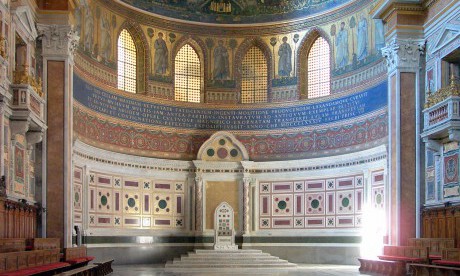In the last quarter century, since the fall of the Berlin Wall redrew the map of the world, the Holy See was the only global institution that firmly and clearly opposed the so-called clash of civilisations.
Many in the West and the Middle East sought this clash of civilisations due to economic, territorial and political interests. The magisterium of three Popes – John Paul II, Benedict XVI and now Francis – tried to halt the spread of conflict and above all the spread of mistrust, hatred, division between people and religions, identity and cultural clashes.
This is why in recent decades the Roman Catholic Church and St. Peter’s Square itself have become the symbol of reason, champions of dialogue even when everything seemed lost, a reference point for believers and non-believers alike, who refused to succumb to violence.
The Holy See and dialogue with other faiths
John Paul II had seen the risks he was up against and this is why he promoted the interreligious meetings in Assisi and a tough dialogue with interlocutors who were very different.
“Do not kill in the name of God”, all three Popes repeated. “It is blasphemy to use God’s name to justify violence,” Francis said at this Sunday’s Angelus.
The attempt to keep dialogue between the great religious traditions of “the Book” alive, the visits to Jerusalem, Istanbul, Lebanon and Jordan, the ecumenical encounters and the meetings with religious authorities, including Jewish and Muslim authorities representing different Islamic currents, a diplomatic approach that is attentive to its relations with Teheran, Moscow, Washington and Riyadh, are just some of the instruments employed by the Holy See in these complex years.
The dramatic words pronounced by John Paul II as the world was plummeting into the 2003 Iraq war – the effects of which can still be felt – remain ingrained in people’s minds.” He said: “you will answer to God and to history”. Continue reading
Sources
- Vassallomalta
- Image: Wikipedia
